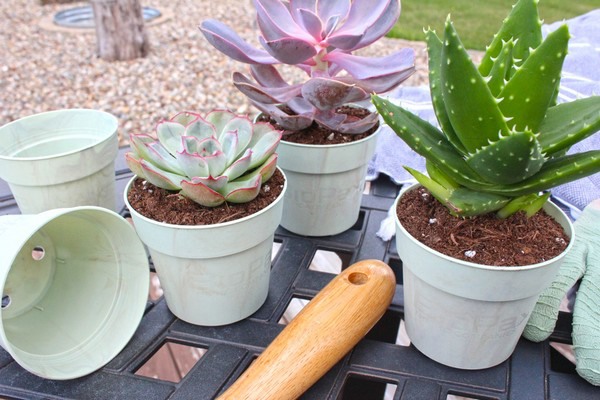In today’s environmentally conscious marketplace, you’re likely to come across products touting their “compostable” or “biodegradable” composition. These popular buzzwords are found throughout many of today’s industries as the demand for more sustainable alternatives dramatically increases globally.
With this increased demand, we recognize that more and more organizations are strengthening their environmental commitments and supporting products mindful of the planet. However, with this shift toward more sustainable alternatives comes additional confusion as one tries to sort through all the associated “green” terms, their meanings, and what is factual truth and what is hyperbole.
As a consumer or an organization, in order to make impactful decisions when purchasing sustainable alternatives, it’s critical to understand the narrative.

In 2022, the World Advertising Research Center (WARC) reported that 59% of “green” product campaigns they reviewed demonstrated one or more elements of greenwashing. For those unfamiliar with the term, greenwashing refers to misleading marketing statements whose goal is to convince consumers of a product’s environmental benefits, which are often inconsistent with reality.
Whether done intentionally or not, organizations are essentially responsible for any messaging and communications relating to the products they’re supporting. Furthermore, consumers need to be more discriminating to successfully identify when greenwashing techniques are applied.
To guarantee compliance, marketers often refer to The Green Guides, which outline the necessary framework for common sustainable product claims. While these Guides can often be complicated to decipher, HC has simplified some of the most common claims and listed them below.
“Compostable” and “biodegradable” do not mean the same thing
Products considered “compostable” have been thoroughly tested to break down completely into non-toxic components (water, carbon dioxide, and biomass), transforming into nutrient-rich soil. Verified compostable products will not harm the environment, given the right conditions, but the conditions must be managed and controlled. The term “conditions” is important to note, and we’ll address that in the following claim.
On the other hand, “biodegradable” means naturally breaking down over time without adverse effects on the environment. As a result, the product returns to nature with no manual handling or manipulation needed. Biodegradable items may not yield nutrient-rich soil, and compostable items are considered biodegradable but not vice versa. The Federal Trade Commission (FTC) indicates that a product claiming to be biodegradable must achieve full biodegradation within one year.
There is a difference between commercially compostable and home compostable
Back to the term “conditions” mentioned above. It’s important to be aware of the compostable claims a product advertises. Commercially compostable products need heat, air, carbon, and nitrogen-rich materials introduced to initiate the rapid breakdown. These elements are manually controlled at industrial facilities where consistent heat is applied over a specific period (usually six months or less) to achieve commercial compostability. Items made with polylactic acid (PLA) – single-use “green” alternatives on the market today – would fall under this category.
These products often market a test – ASTM D6400, EN13432, or ASTM D6868 – which is a standard that validates commercial composability. Since all cities do not offer industrial compost facilities, it’s essential to consider if the product you’re purchasing can actually be composted after use.
Like commercial, home compostability requires similar elements to begin to break down. However, temperatures are often lower and inconsistent. Still, manipulation is needed to encourage breakdowns, such as mixing and turning in bins or barrels. While there is no universal standard for home compostability, certifying organizations have recognized an Austrian test (AS 5810), which examines composting at ambient temperatures. The duration for home compostability is within one year.
Note: Products that are commercially compostable are not intended for home composting or in-ground disposal, as temperatures in the soil are too low for appropriate breakdown.
Third-party certifications help ensure the product has been verified for the marketed claim
In compliance with the FTC, numerous organizations verify and register product claims related to sustainability. Products labeled with marks such as the Biodegradable Products Institute (BPI), TUV Austria, EcoCert, and others review lab data to confirm a product’s claims. Third-party certifications help instill a level of confidence in consumer purchasing through their objectivity and message simplification. You can usually find these markings on the back or bottom of a product. Still not sure? Check with the manufacturer’s website.
“Made of…” doesn’t mean it will be
Products branded with “made of…” callouts mean precisely that – they’re made of a specific material. Many companies are using this claim to help identify that they’re using less/no petroleum or using recycled content. It’s worth noting that these claims, per FTC, must be quantified. In addition, for products noting that they’re made from biodegradable or compostable materials, unless there is a certifying mark by a respected third party, chances are they’re not.
It’s important to note that companies marketing with these claims must have data readily available to customers to support any and all “green” claims.
For more information: The HC Companies
The HC Companies
www.hc-companies.com
